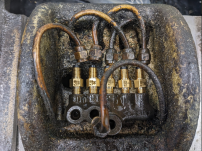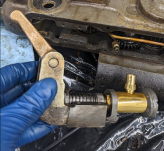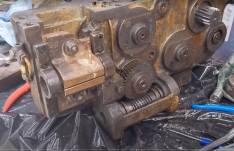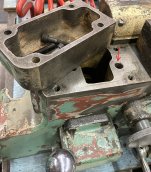Leland Means
Plastic
- Joined
- Nov 16, 2023
Hello smart, experienced, and helpful folks. Just when it all seemed like I understood what was going on... sounds like so much of life. I ordered new metering units from Monarch but since I had no faith that mine were correct, and the numbers have changed, I now have a mystery as to what goes where. I have searched posts but have not found an explanation for my lathe - a 1957. Below is a photo showing where each line goes and a list of what Monarch sent me. It's like a secret code. I can see why the one larger line would take a different meter but not why there is the variety pack I have.
Also I asked Monarch for the check valve in for the cavity in the top of the apron where the waste cotton sits but received a FRA00 meter unit. Does anyone have the number of the check valve.
Any help would be most appreciated.
Thank you,
Leland Means
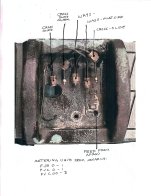
Also I asked Monarch for the check valve in for the cavity in the top of the apron where the waste cotton sits but received a FRA00 meter unit. Does anyone have the number of the check valve.
Any help would be most appreciated.
Thank you,
Leland Means




